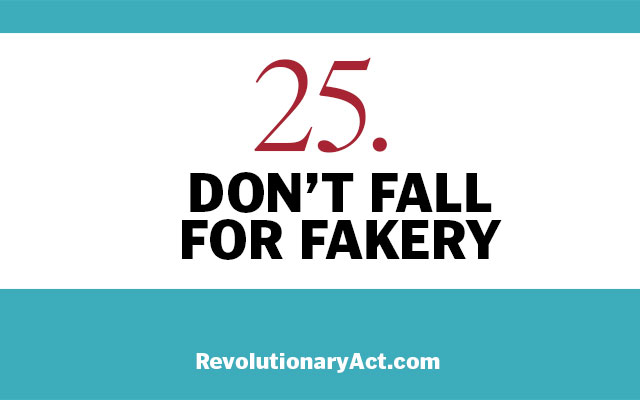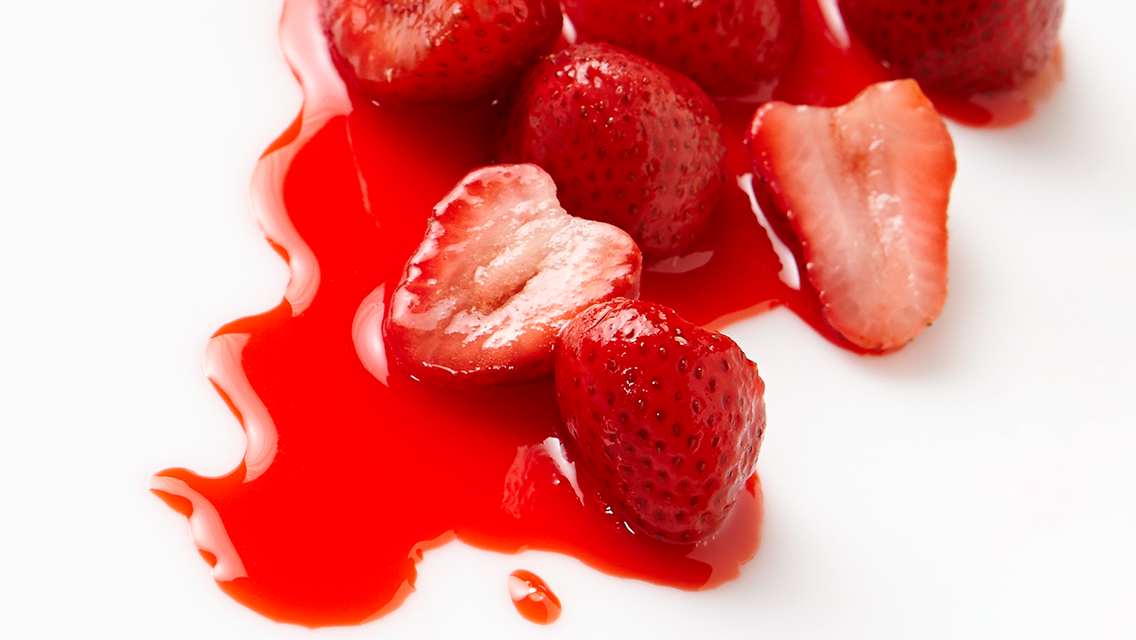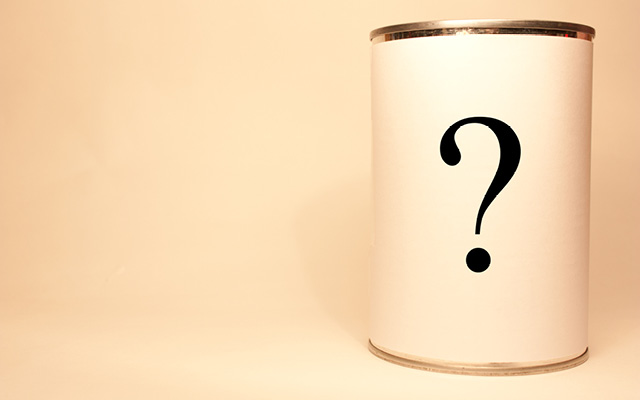It took me a long time to draw the line. But one day, I drew it — somewhat arbitrarily — at the butter-flavored spray I had been spritzing onto my air-popped popcorn.
That stuff was disgusting. And frankly, I had expected it to be a little disgusting. But what I hadn’t expected was the sadness I felt as it landed with a faint hiss and a too-bright yellow hue across the surface of my bowl.
“Yuck,” I thought. “Why the heck am I eating this stuff?”
I wasn’t proud of the answer.
I was eating it because I thought this fake-butter spray would somehow make me slimmer. I was eating it because some advertisement had made it sound like a good idea. I was eating it because what I really wanted was butter — glorious butter — but I’d heard that real butter was somehow bad for me, bad for “my waistline,” and that this crazy aerosol concoction must be a better, more virtuous choice.
At the core, I was eating it because I had bought into the idea that some Fortune 500 food scientists knew a lot of fancy, calorie-disappearing, flavor-boosting tricks I didn’t, and because I believed I had something to gain by turning responsibility for fulfilling my cravings and appetites over to them.
Ultimately, I was eating it for the same reason I ate dozens of heavily processed things that were labeled “healthy,” “wholesome,” “lite,” “cholesterol-free,” and “diet smart”: because I wanted to believe.
I wanted to believe that I didn’t need to make my own food or know where my food came from. That I could get away with eating junk as long as it was “lite” junk. That the difference in flavor and satisfaction didn’t matter that much. That my body and brain could — and probably should — be outwitted.
I think the self-betrayal and self-abandonment implicit in that belief is a lot of what made me feel sad.
I had eaten most of this junk for years without complaining. But oh, the sadness I felt as that popcorn spray landed. Because on some level, I knew this was wrong. Spray-painting my popcorn with fake flavors and colors was senseless, unnecessary, and unsatisfying. It symbolized a whole way of thinking and choosing that I no longer wanted to own. And I knew I had to draw the line right then, or pretty soon I’d be eating artificially flavored packing peanuts.
I was also sad because I realized that I could easily have drawn that line long before then — at the sugar-free candies, or the reduced-fat chips, or the diet soda, or the low-cal mayonnaise, or the dairy-free cheese, or the “chocolatey” meal-replacement shakes, or the fruit-flavored beverage crystals, or any one of the other hundred fake-food products I’d been turning to for much of my young adult life in an effort to comply with what I’d been told was good for me.
But like I said, for whatever reason, it took me a long time to get there. Once that line was drawn, though — once I made the commitment to eating mostly whole foods most of the time, and to eating for both real pleasure and real nutrition — there was no going back.
For one thing, I started researching where fake food products come from and how they are made. As I’ve noted in previous columns, the vast majority are composed of the same basic slurry of cheap, government-subsidized commodities combined with an incredible array of chemical additives (like the ones that gave my popcorn spray its arresting yellow hue and cloying “butter-ish” aroma).
I also learned that no studies definitively link artificial sweeteners to weight loss, but a growing number (including some interesting new microbiome research) do link them to weight gain.
The other thing I started noticing: my own body — my senses, my appetite, my gut. I started paying attention to how I felt when I ate, or didn’t eat, one thing or another. And I felt so much better when I ate real food and avoided the fake stuff that there really was no contest.
If you haven’t already embraced whole foods as the basis for your eating, I get it. There are a thousand convincing messages persuading you (as they long did me) that to do so would be far too much effort, take far too much time, incline you to gain far too much weight, and be no fun at all.
And yet, I’m guessing there’s another part of you that wonders how your body would look and feel when freed from the toxic burdens of fake, processed, imitation foods and empowered by the enlivening nutrients and flavors of whole, live, real ones.
Here are a few ways to find out:
Run an experiment. You can go big (discover the dramatic impact of a steady, monthlong diet of whole foods at Whole30.com), or you can go small (try a single day, a single meal, or just swap out diet soda for water). But until you’ve had some firsthand experience with what ditching fake foods and chemical additives can do for your body, mind, and life, all of this will be theory and hearsay. You deserve to find out for yourself, and that experience is available to you now. Why not give it a try?
Read backward. You probably know that the ingredients on food labels are listed in order by volume. This means, in principle, that the most significant ingredients are listed first. Typically, the top-listed ingredients include flour, sugar, oil, water, salt, etc. And that can lull you into a sense of complacency, because none of it sounds that bad. But some of the most troubling ingredients may be hiding at the very end of the list. By volume, they represent a small percentage, but that’s because they are industrial compounds (whether preservatives, flavor additives, or colors) intense enough for a small amount to have a powerful effect. It takes only a little bit of them to spell trouble.
Beware “natural” hype. I recently saw a “100 percent natural” version of that soul-sucking popcorn spray, featuring “natural butter flavor.” But what is that, really? It’s a chemically extracted, laboratory-derived flavor additive from some once-upon-a-time-natural dairy-food component. So sorry, no, not natural. In fact, a single “natural flavor” can contain a hundred ingredients, including synthetic solvents and preservatives, that are never listed on the label.
Also worth noting: This spray lists three kinds of vegetable oil as its first ingredients, but shows zero calories and zero grams of fat on the nutrition label. How is that possible, you ask? The serving size is a single spray that lasts one-third of a second. Good luck with that. And by the way, if you somehow manage to spray a fine mist of melted butter onto your popcorn for one-third of a second, you’ll get the same caloric effect (and probably about as much flavor). Why not just properly kettle-cook and butter your popcorn and enjoy it?
Find your happy place. The point here is not to be an absolute purist at the expense of your sanity. I know very few people who never, ever let anything the least bit processed pass their lips. As a dairy-sensitive person, I am grateful for organic soy creamer in my coffee. Having been diagnosed with gluten troubles, I’m also grateful for gluten-free goodies now and then.
None of that stuff is 100 percent real or whole. But because I’m picky about the ingredients in such products, and because I enjoy them as only a tiny fraction of my mostly whole-food diet, I am pretty happy with my choices. You have to be happy with yours. So where you draw your own fake-food line is entirely up to you.




This Post Has 0 Comments